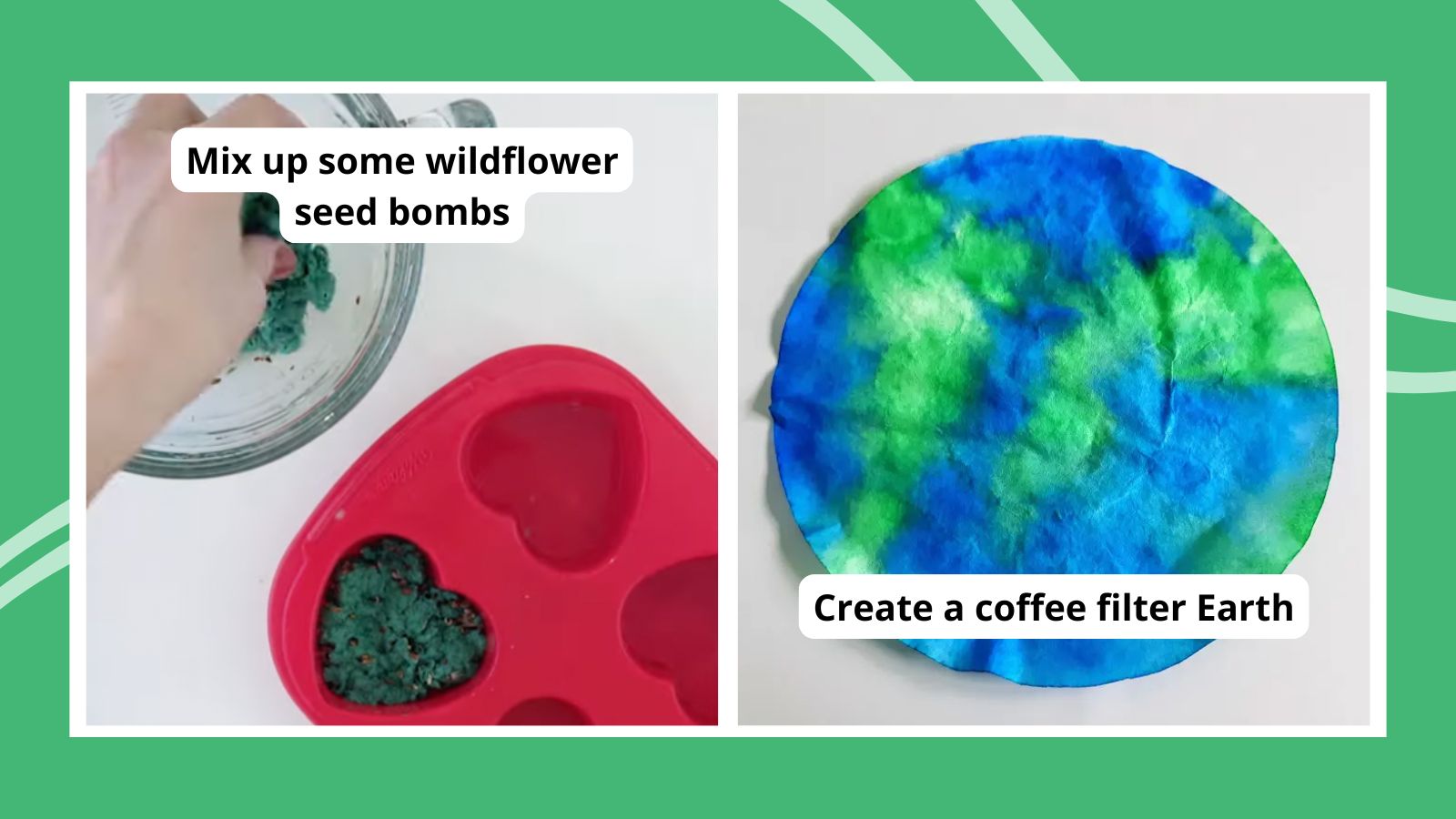The holiday season is often cited as a time for giving. Unfortunately, it can also be a time for wasting. Between Thanksgiving and New Year’s Eve, Americans produce 25% more waste than they do during any other time of year. In 2022, the United States Postal Service (USPS) processed more than 11.7 billion packages and pieces of mail during the holiday season alone—adding up to a lot of landfill-bound paper and plastic.
Fortunately, small steps can go a long way toward reducing your waste footprint during this festive time.
Be Prudent with Packaging and Wrapping Paper
During the holidays, Americans throw out an estimated 125,000 tons of plastic packaging and 277,000 miles of wrapping paper. A good portion results from the shipping of internet purchases, with online shopping generating 4.8 times more packaging waste than in-store buying. Even if you can’t remove shipping from the equation, you can cut down on trash by being extra considerate and creative when it comes to wrapping gifts. Newspapers, magazines, calendars, and even repurposed wrapping paper from last year are great options. You can also make packaging part of the gift, with items like reusable tote bags and glass jars. If you do use fresh wrapping paper, make sure it’s recyclable—unfortunately, most of it is not.
Minimize Food Waste
Food and the holidays go hand in hand. In fact, of the one million extra tons of waste generated during the season, 21% is food. The first step in minimizing food waste is to avoid preparing too much for your celebrations. You probably won’t get the portions exactly right, but you’ll at least be cutting down on the volume of leftovers. When it comes to those leftovers, what you can’t eat on your own you can send home with guests, freeze for future consumption, or even donate to a local food bank or pantry. Inedible scraps can be composted; if you don’t have your own on-premises composting system, you may be able to compost through a city or municipal program.
Steer Clear of Single-Use Items
When you’re serving that food, opt for reusable products over single-use ones—even those that are recyclable or compostable. This helps prevent unnecessary trash from ending up in a landfill by mistake. Plates, bowls, glasses, cups, utensils, platters, napkins: the environment will benefit from your decision to avoid disposables, even if it means some extra washing.
Give the Gift of Experiences
You can dramatically reduce the amount of holiday “stuff” to deal with altogether by gifting experiences or services instead of products. Tickets to a concert, performance, sporting event, or other gathering are almost always crowd pleasers. If you want to go really big, you can even buy a vacation for someone on your list. Music lessons, gym memberships, yoga classes, and museum passes are also excellent options.
Be Smart with Travel
With the holidays comes a lot of travel: nearly half of all Americans plan to take at least one trip during the 2023 season alone. With a lot of travel comes a lot of energy use and associated emissions. Suggesting that we all stay put isn’t entirely practical, but there are still steps you can take to mitigate your impact on the environment. Taking a train instead of a plane to and from your destination is one example. Hosting or attending one large gathering instead of multiple small ones is another.
Celebrating the holidays sustainably doesn’t have to mean depriving yourself or your loved ones. With a little extra attention and effort, you can have all the fun without all the waste.
—
To stay ahead of Rubicon’s announcements of new partnerships and collaborations around the world, be sure to follow us on LinkedIn, Facebook, and Twitter, or contact us today.
The holiday season is often cited as a time for giving. Unfortunately, it can also be a time for wasting. Between Thanksgiving and New Year’s Eve, Americans produce 25% more waste than they do during any other time of year. In 2022, the United States Postal Service (USPS) processed more than 11.7 billion packages and … Continued General Rubicon




